A brief history:
The pump I used to circulate water through my aquariums for about half of my time in the reefing hobby was a German-made centrifugal pump. That pump had an alternating current (AC) motor, an advertised turnover of around 900 gph (3400 lph) and used 85 Watts of power to push all that water in my tank. It wasn’t a completely silent machine, but it generated an acceptably low amount of background noise. It also doubled as an auxiliary heating device because most of its generated energy converted to heat rather than kinetic motion (like most motors do, to be fair). It had its flaws, but the thing I liked about it was its unquestionable reliability. This workhorse of a pump never failed on me and from the opinions I’ve read on the Internet, I know that other people who owned it had a similar positive experience. In fact, most aquarists I know were only interested in two aspects of any given return pump- its reliability and noise level. All other parameters were discussed far less, as they remained mostly analogous, meaning that different pumps from different manufacturers had almost identical wattage to flow ratio. The reason behind the lack of disparity between various pumps lays in the basic building blocks of a close-coupled centrifugal pump (a type of pump that has an impeller inside its housing body) and how little it changed over the years since it was first used in submersible settings.
A centrifugal pump, known also as an impeller pump, has a hermetically-sealed AC motor block with a centrally located shaft on which the magnetically-coupled impeller rotates, generating kinetic power that pushes water coming through it. It’s a very basic idea that simply works as it was designed to, leaving very little to improve upon. In fact, the main thing that separates most manufacturers of AC powered pumps is the quality of materials they use in their models’ build and even that changed so little that you can buy a new pump designed a decade ago and still have great results with it. And then came the DC motor.
THE DC REVOLUTION
The pump I am reviewing today- Sunpole Magnus VSR 9000, manufactured for Aquamaxx Aquariums, has a DC motor in its core that is capable of moving a maximum of 2,370 gallons (9000 liters) of water per hour, drawing 85W of power at a maximum speed setting and has a head (vertical distance from the pump’s impeller at which is capable of moving water) of 18ft (5.6m). That’s almost three times the volume a comparably energy-hungry AC pump can push. That’s just the beginning of the long list of advantages that a DC powered return pump has over AC models, especially one with a brushless motor like all aquarium DC pumps have in their build. Brushless DC motors use an electronic chip instead of brushes to switch power to the motor’s coil on/off, which prolongs their life significantly, possibly in par with AC motors. DC powered pumps may be a recent technological advancement in the aquarium industry, but DC motors have a long history of use and you can find them in a number of everyday machinery, including power tools, home electronics, toys, appliances, and most recently, electric cars. They are slowly but surely taking over the industrial world and for good reason.
The main advantage of a DC powered pump is the ability to control rotation speed of the motor. To explain why this is a big deal, let me give you a real-life example based on my own experience. When I got my first DC powered return pump back in 2015, I only needed one with around a 1000gph rating, but at the same time I had in mind a possible future upgrade to a bigger tank. If I had chosen an AC run pump, I would have had only two choices, neither of them perfect. I could either buy a higher gph rated model and throttle the output back by putting a gate valve on the output (I was never a fan of that method as it only “artificially” reduces the flow by increasing the pressure inside the pump, which in return shortens the lifespan of the impeller and motor block) or simply buy a 1000 gph rated pump and trade it later in case of a tank upgrade. DC pumps, in contrast, can have their output flow dialed back in an “organic” way, by slowing down the impeller’s revolutions electronically. Thus, every DC powered pump comes with some kind of a controller that lets the user set up and adjust the speed, which translates to a change in flow ratio. In addition to that, DC pumps have a few other useful features that can be implemented to their controllers, notably a “soft start” feature and “feeding mode”, both of which Sunpole Magnus have. “Soft start” is a feature that makes the pump rev up slowly, increasing pressure in the aquarium piping gradually. I found that union valves and bulkheads in the plumbing sometimes don’t take the sudden pressure jolt from an AC powered pump lightly and may leak afterwards, therefore I find the “soft start” feature a welcome change.
Second on the list of DC pump advantages is their small size. You can have a 2000gph rated DC pump that is smaller than a 1000gph AC model and both those pump, as I presented in the previous paragraph, will have similar power draw. Furthermore, DC pumps need less energy to do the same work as AC equivalents and therefore they run cooler. Their initial cost compared to AC models is still somewhat higher, but Sunpole is aiming to change that with their Magnus line.
INSIDE THE BOX
Sunpole VSR-9000 is a part of the Magnus line of pumps, which consists of three models: the VSG-6000 with a rating of 1580 gph (6000 lph) @ 50W, the VSR-9000 I’m reviewing here that does 2370 gph (8800 lph) @ 85W and the largest of the three, VSB-12000 that pushes 3170gph (12,000lph) of water @ 150W of power. The three pumps can be distinguished by, other than size obviously, their color scheme. VSG-6000 has green accents, VSR-9000 red, and VSB-12000 blue. All these models come in an elegant black cardboard box and inside we find:
-pump itself with 9-foot (3 meters) cable that connects to the controller
-pump’s controller
-power adapter
-printed manual
-hanging bracket for the controller
BUILD & FUNCTION
Sunpole Magnus is a unique-looking pump. Gone is the usual boxy shape most pumps share, instead we have a cylindrical body wrapped in a jet black hard plastic case, suspended on an arm that’s connected to the base. A color accent running through the pump’s arm, unique for each of the three models available, adds a nice touch to the pump’s overall bold appearance. The exterior shell is made out of hard plastic, same as you see on all serious aquarium pumps, and the impeller cover with two threaded adapters is affixed to the motor block by four titanium screws. Unscrewing those, we get to the impeller, which itself is of the newer design I’ve seen in some other latest models from other manufacturers. Instead of a series of exposed vanes (blades) protruding from the center point (the eye) of the impeller, we have what’s called a closed impeller, where the vanes are enclosed between two shrouds (walls), the outer one having a conical shape that directs the flow of water towards the pump outlet. Closed type impellers are much more efficient in creating useful pressure and in return produce higher gph/lph values than same size open impellers.
However, they cost more to manufacture and require more frequent maintenance due to the impeller’s sophisticated build. It’s interesting to note that in the USA, open type impellers are still the most commonly used in most industries, while in Europe and the rest of the world, closed type impellers are more popular. That may be due to the fact that efficiency is a bigger factor in countries where electricity costs more than in North America. Anyway, coming back to Sunpole Magnus, the pump feels solid and well built.
The VSR-9000 I received for this review comes with a set of adapters that accept standard US PVC pipe, ¾” for return and 1” for intake. The threads on the pump body are of BSPP (British Standard Pipe Parallel thread) type and can be retrofitted with third party BSPP to NPT union fittings where required.
THE CONTROLLER
The driver that controls Sunpole return pump’s speed is as equally pleasing to the eye as the pump itself, and the learning curve needed to operate it is virtually non-existent. Encapsulated in a classy matte, half-domed black enclosure with the same characteristic color accent, the controller has a series of LEDs and physical buttons arranged in a centrally located dial. Sitting in the middle is the Power button that turns the pump ON/OFF, flanked by “+” and “-“ that increase/decrease speed (in 6-step increments, from 10-100%) and below all that is a fish shaped button that sets the pump to its lowest speed for a 10 minute feeding mode.
Sunpole also features a back-pressure warning built into the controller, but the poorly translated manual left me perplexed at how this failsafe works. Other than that, setting up the pump is pretty straight forward and I didn’t really need the manual to know which does what. Sunpole controller has a removable hanger that can be hung from the tank’s rim or screwed onto the stand or wall permanently (there are no eyeholes for this purpose, but a set of self-tapping screws is all you need to make ones yourself). The power adapter plug and the pump’s connector both connect to the underside of the controller. In summary, Sunpole Magnus controller is a good looking, compact piece of hardware that offers basic control options and no bells and whistles beside it. To be fair, it’s a return pump, what other options would one need for it to do its job?
PUMPING WATER
I hooked up Magnus VSR-9000 to my test aquarium and temporarily to my 100g reef tank. I don’t have lab equipment to test the gph ratio, but I hooked the pump into my plumbing system featuring neptune Systems flow sensors (in place of my return pump- the Reef Octopus DC model, rated at 1720gph) and saw an increase of around 200gph (from 400gph to around 600gph) when both pumps ran at 100%. This is far from the manufacturer’s advertised 2,370 gph, but I feed three media reactors and a Calcium reactor with my return pump, plus those maximum flow numbers advertised by pump makers can only be repeated in lab settings where those pumps are pushed to their limits. Anyway, I can honestly say that this pump is stronger than my Reef Octopus Varios pump (as its rating suggests) and, in my opinion, pushes enough water to be comfortably fitted in aquariums between 75-150g, depending on desired turnover ratio. I dialed it back to position “4” on the speed dial to match the turnover my RO Varios produces.
The manufacturer claims that Magnus is silent and I must admit, it is not a noise- maker. This pump is among the least noisy pumps I’ve tested and almost in par with the previously mentioned RO I have running on my tank. The only difference being that it makes a higher tone “whizz” which tends to be registered by my ears more than the low frequency sound the Reef Octopus makes. That’s only if you are close to the pump, as soon as you shut the sump’s door close, you can barely hear this thing working. Its minimal hum harmonically dies in the ambience of the busy Brooklyn street outside my apartment. Moreover, Magnus stays cool to the touch when being submersed, a welcomed asset in a piece of equipment that stays on virtually 24/7. Well done, Sunpole.
The only thing I cannot test right away is long term reliability. It is to be seen, through people’s feedback, if Sunpole Magnus will hold up to its name. It seems so, however, given its excellent build, the heavy-duty impeller and a motor that barely outputs any heat into surrounding water, that Sunpole is a solid performer and should last for years of operation. Time will tell.
FINAL OPINION
As you may noticed, during the review I compared Sunpole Magnus’ build and features to those of other brand name DC pumps popular in the hobby, and for a good reason. Magnus is a sturdily built machine that operates quietly, has “the looks”, is fitted with a controller that’s intuitive and has all the basic modes we expect from a good DC powered return pump and finally, it doesn’t disappoint in the performance department. In one word, it “belongs” amongst the top shelf DC return pumps. All that for less money than almost any other DC model in its gph class, minus the knock-off brands obviously. It’s still a DC powered pump, so don’t expect a bargain, but at $250 for the reviewed VSR-9000, it’s as cheap as it gets for a sub-2400 gph circulation pump. Sunpole is a newcomer to the American markets, therefore Magnus’ aggressive pricing scheme reflects the Taiwanese manufacturer’s desire to compete amongst this [almost] saturated segment of the aquarium industry.
Sunpole Magnus VSR-9000 has my seal of approval and I am happy to see yet another Taiwanese aquarium product that meets US and European standards when it comes to aquarium equipment. It certainly doesn’t offer anything other top tier pumps couldn’t match, but it’s priced just right for anyone on a budget willing to jump onto the DC bandwagon.
Sunpole Magnus pumps are manufactured for Aquamaxx Aquariums and sold exclusively in North America by MarineDepot
All photographs by author ©Marcin Smok

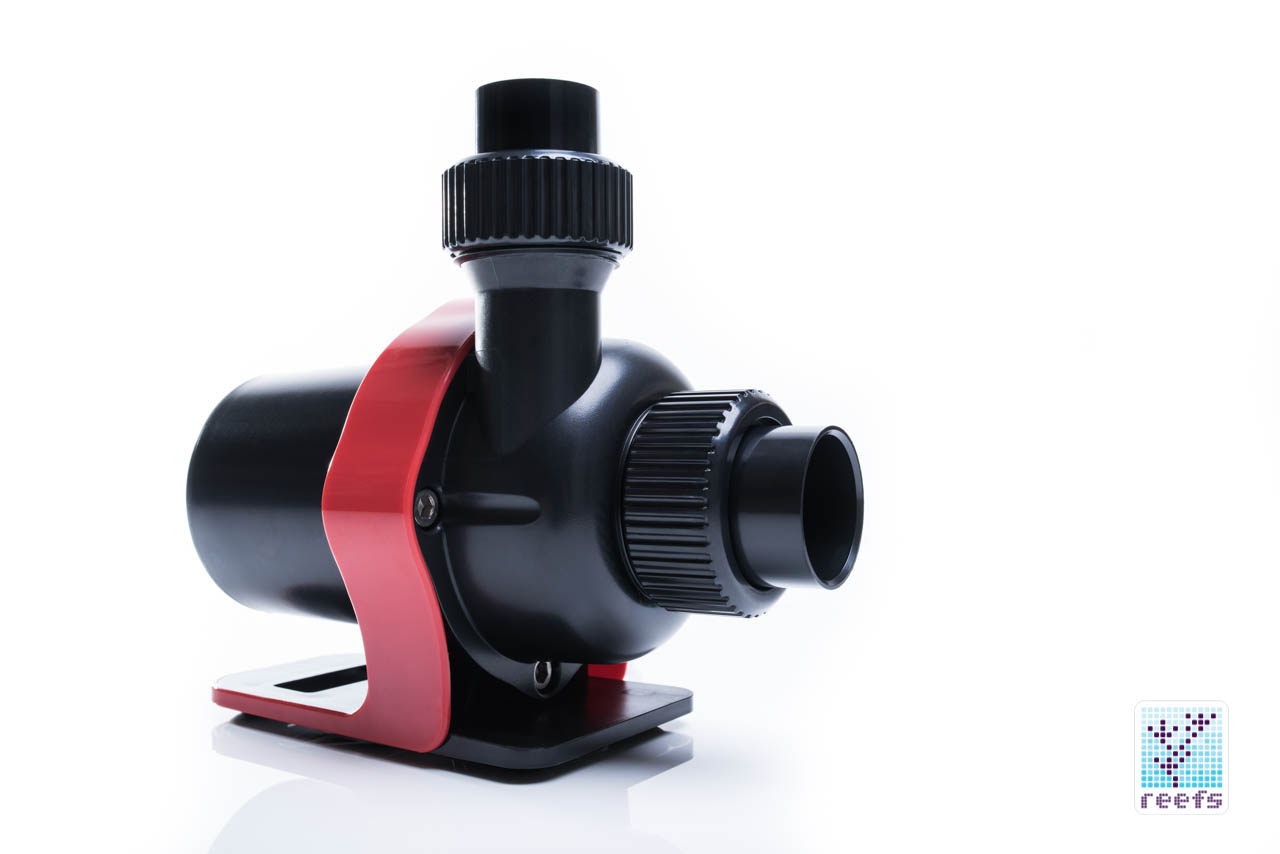
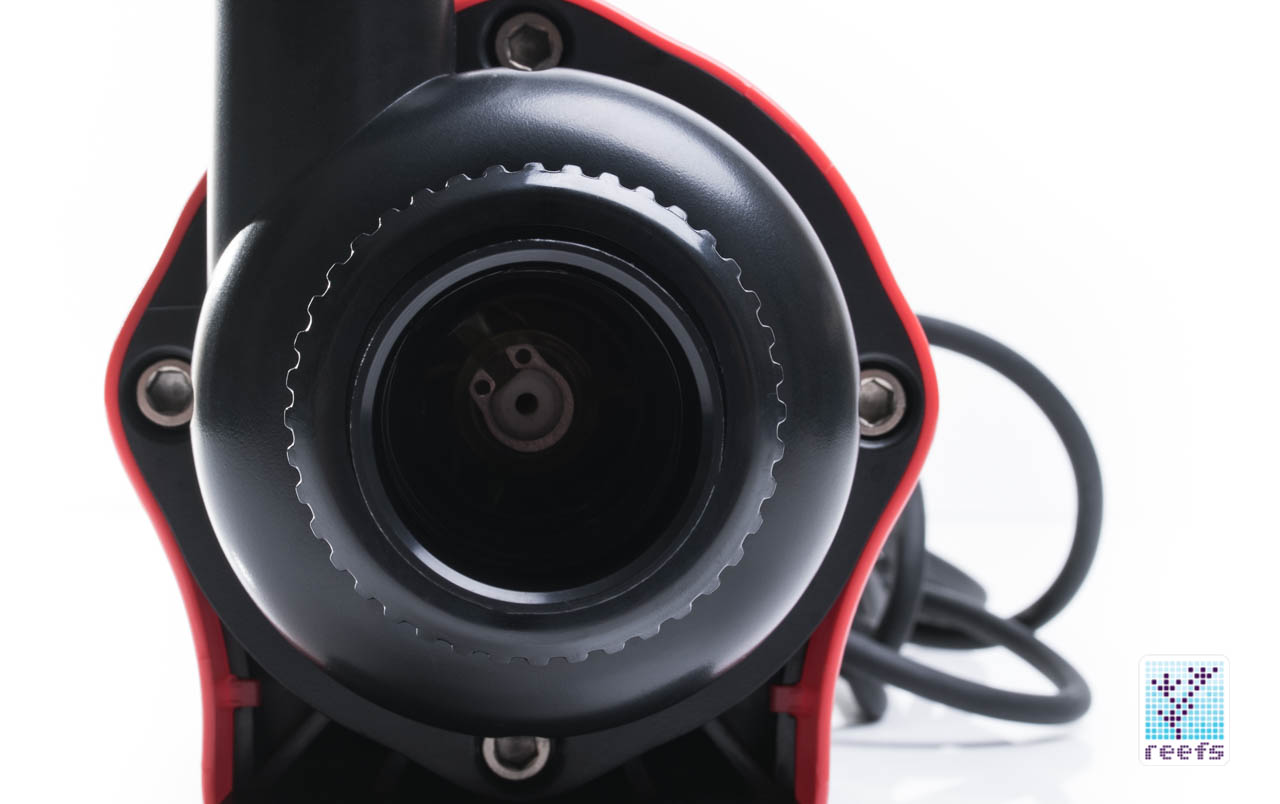

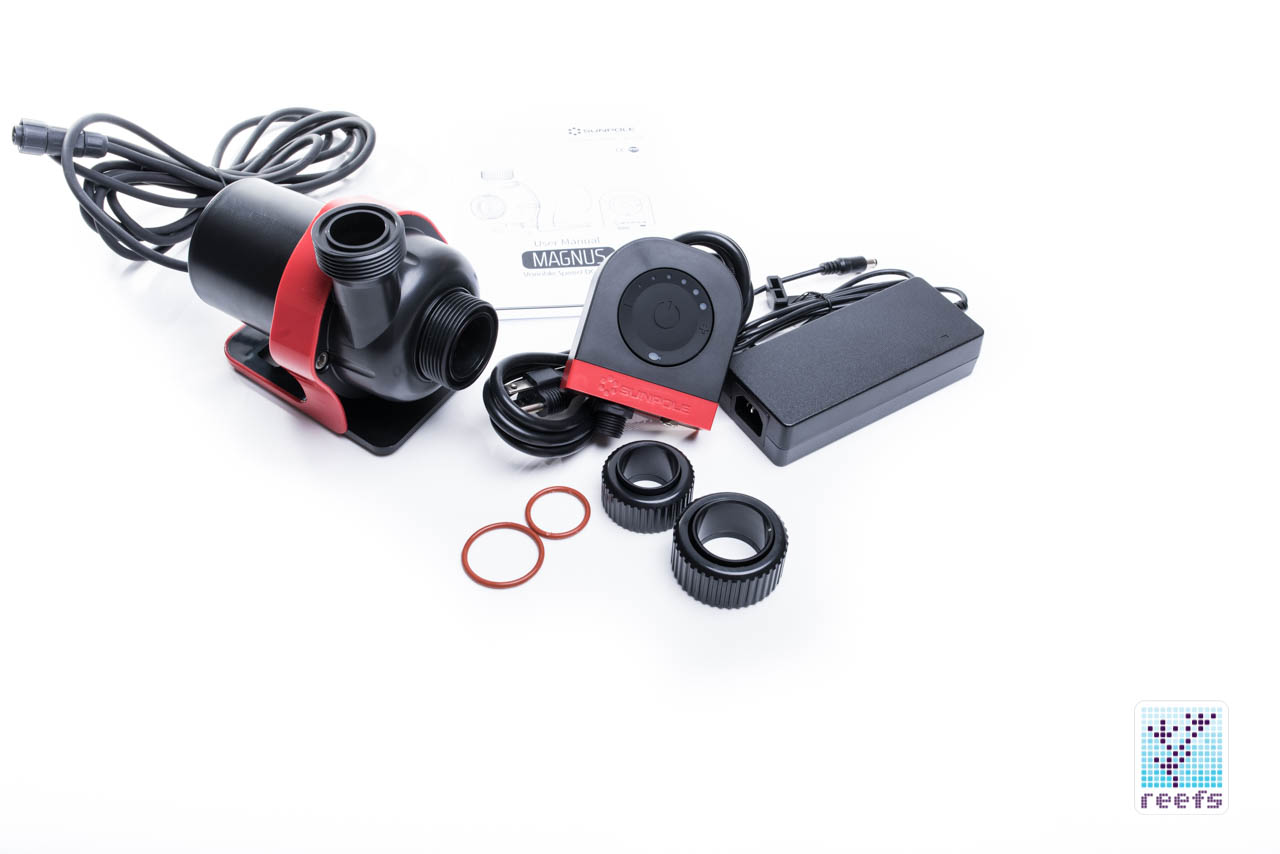


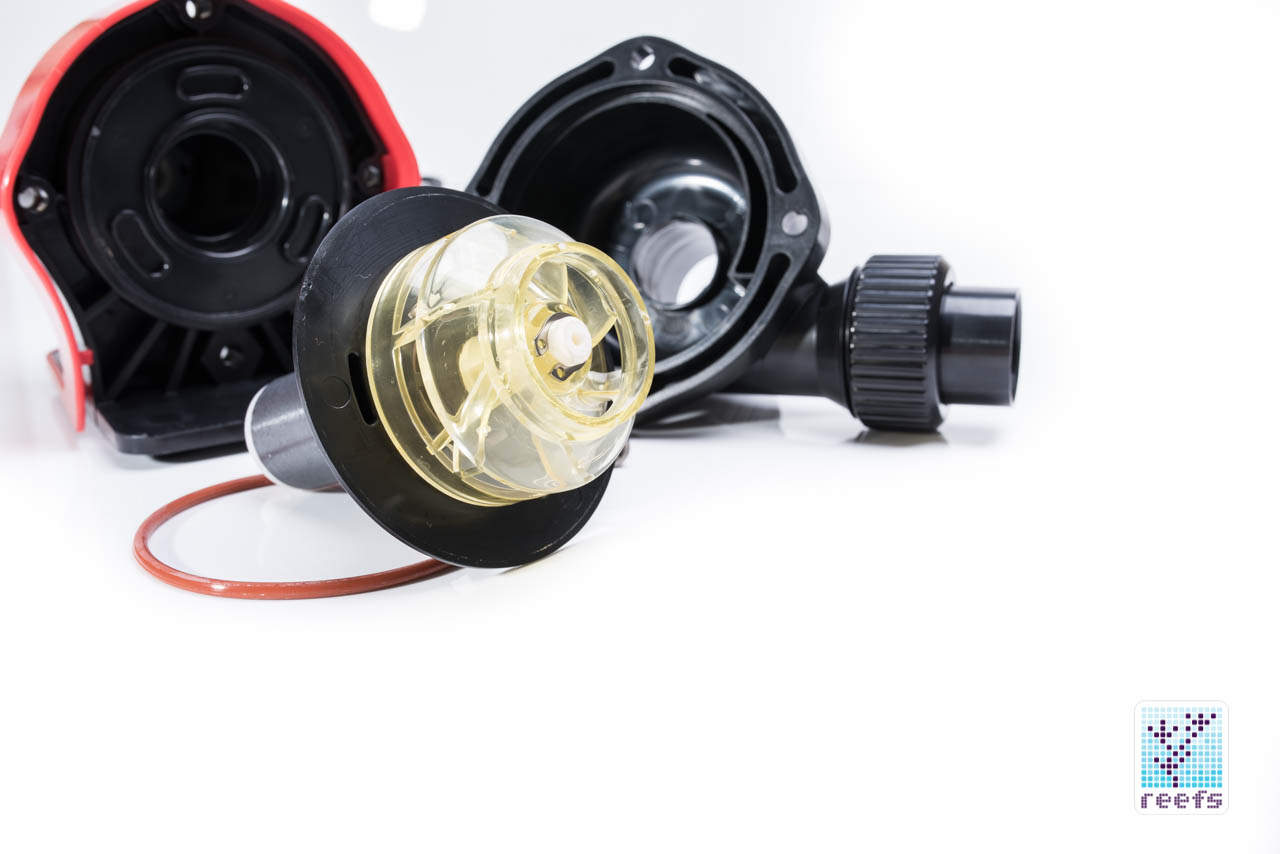
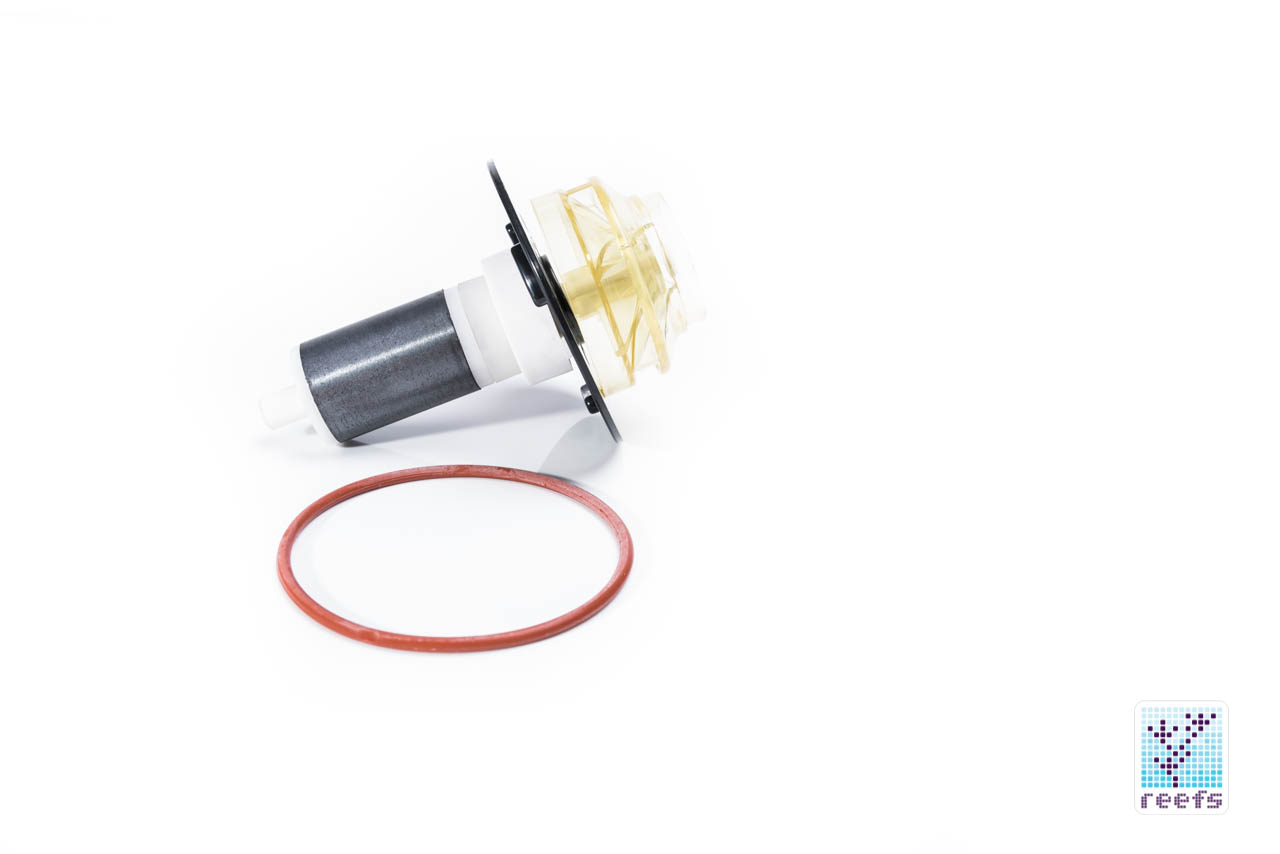
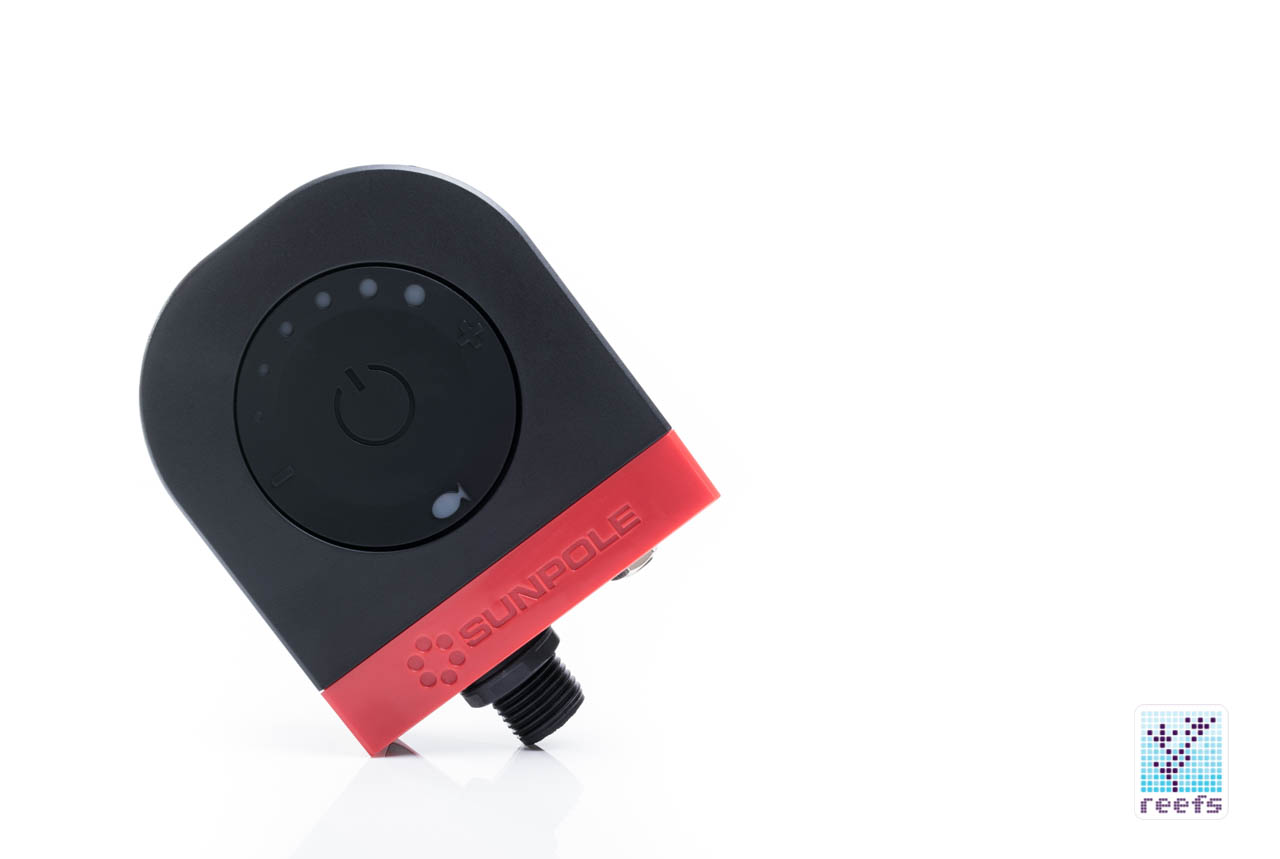
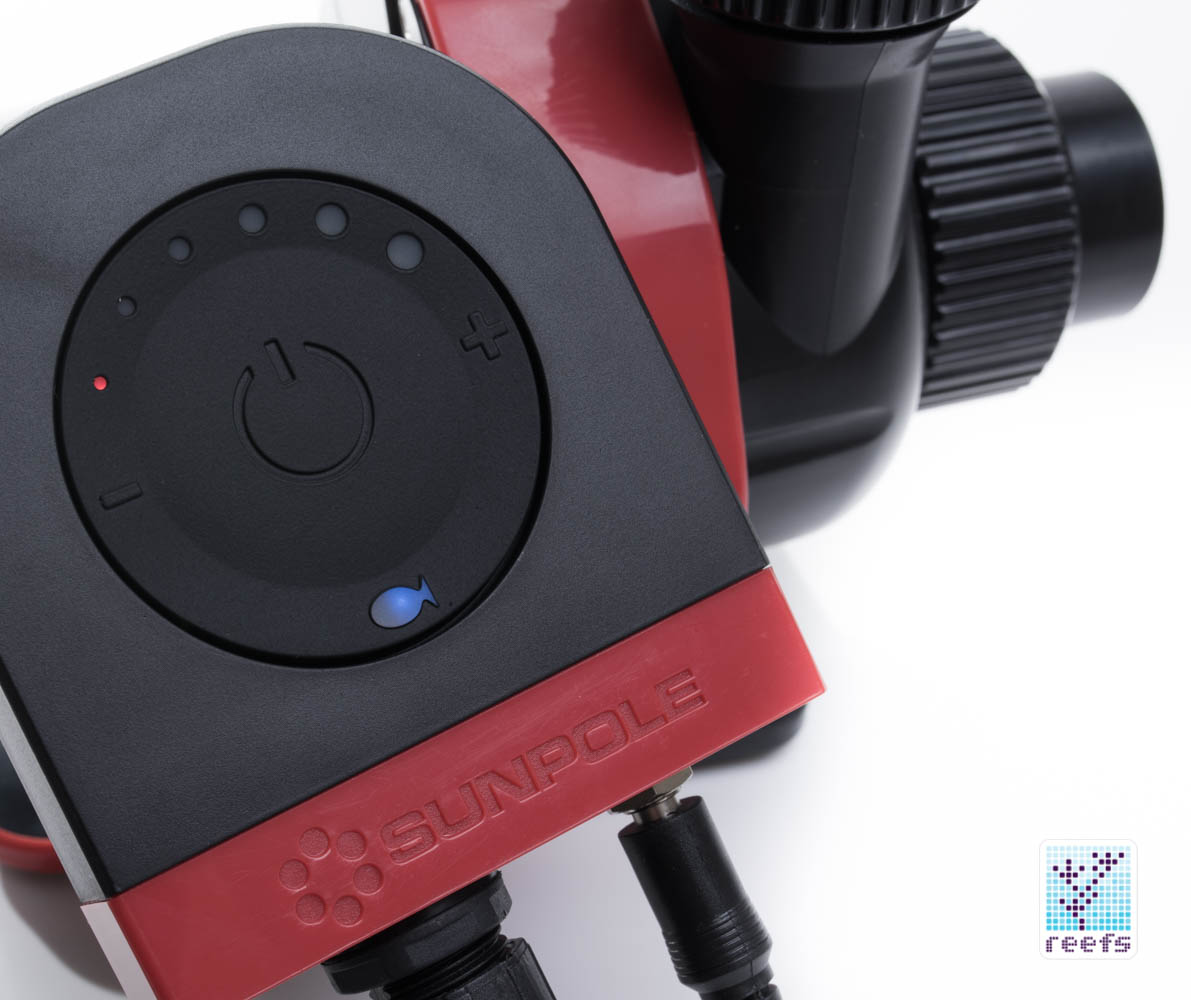
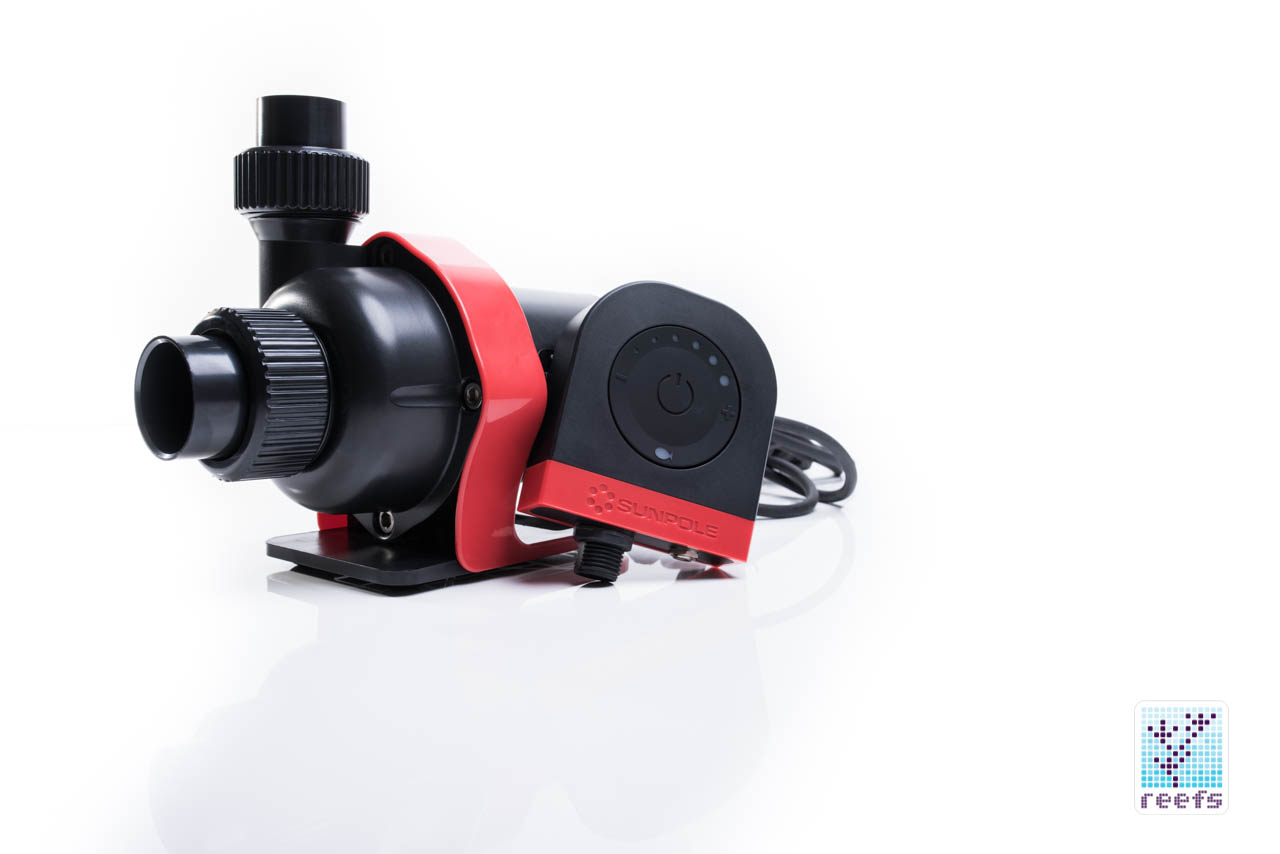
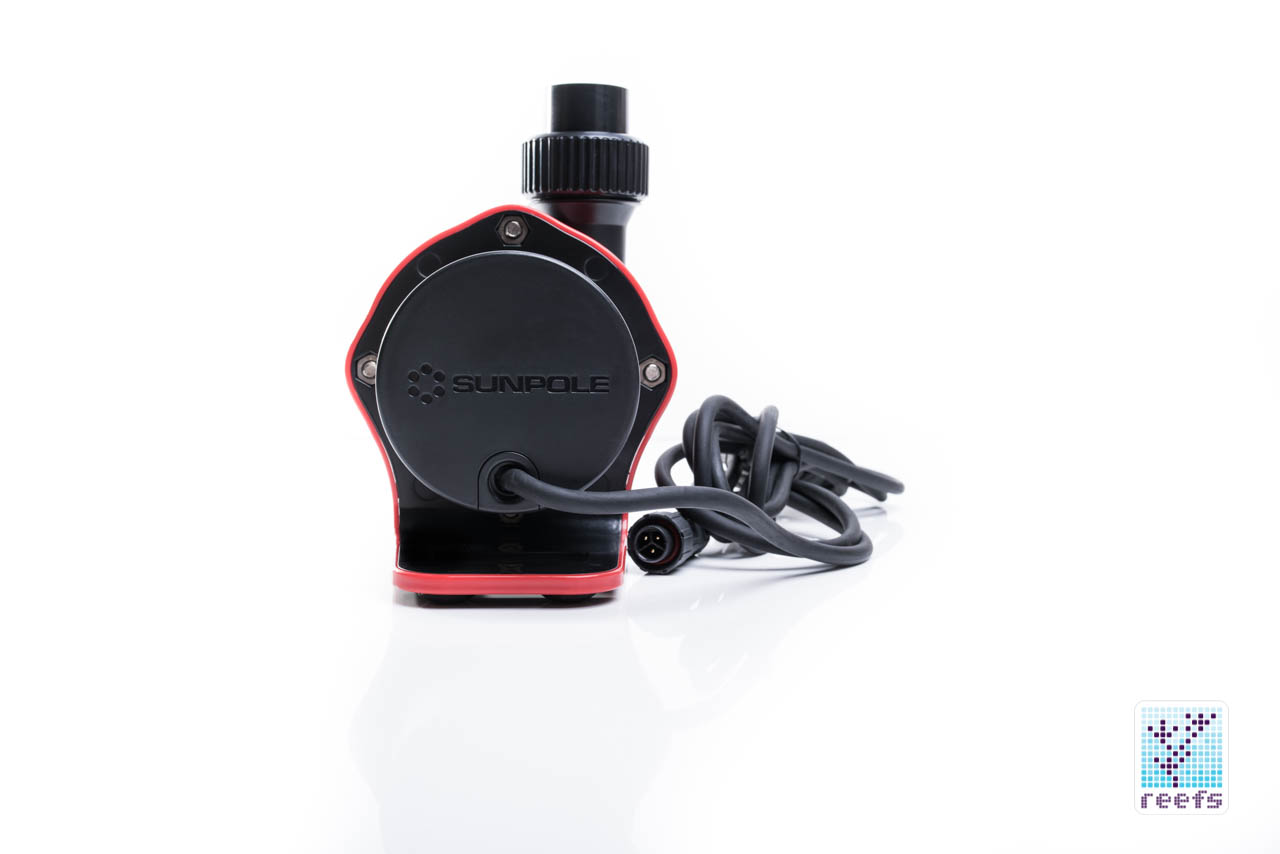
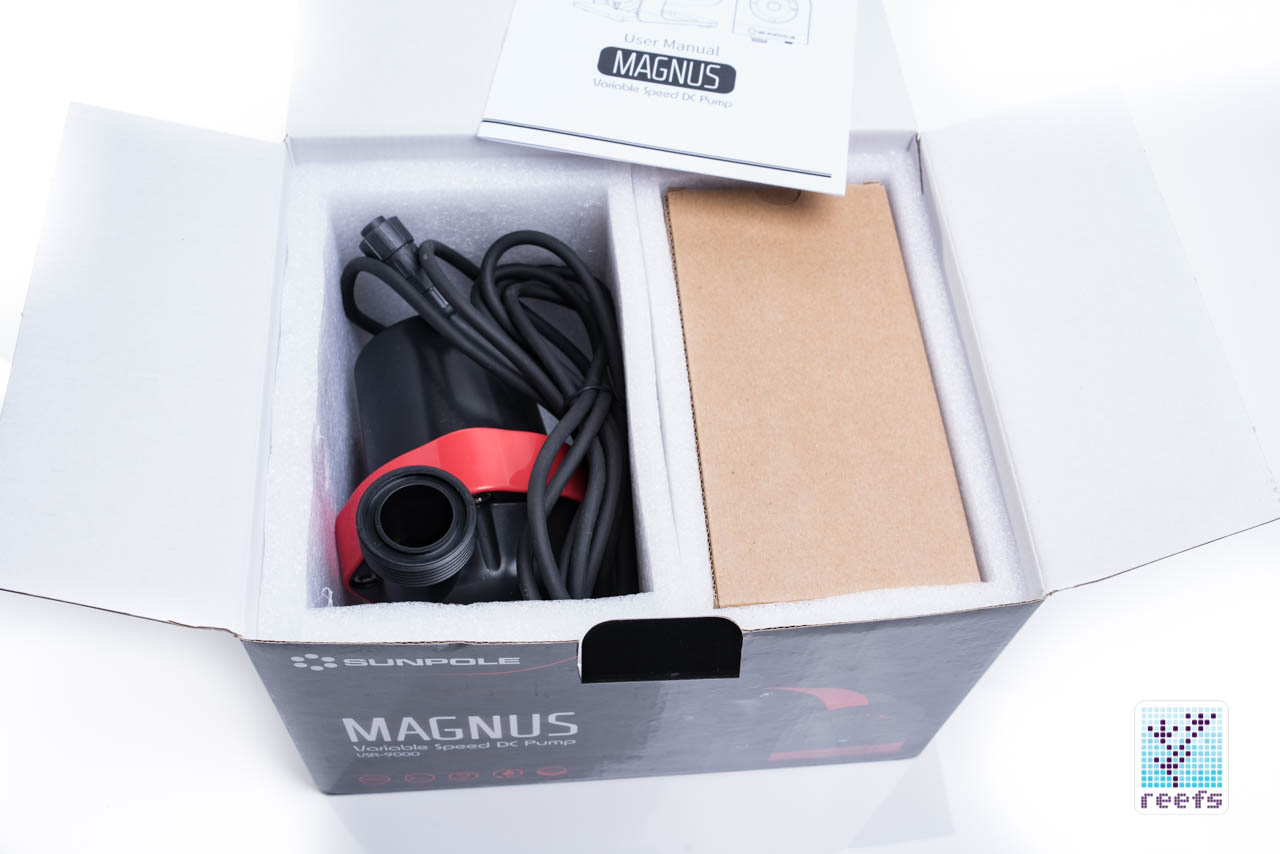
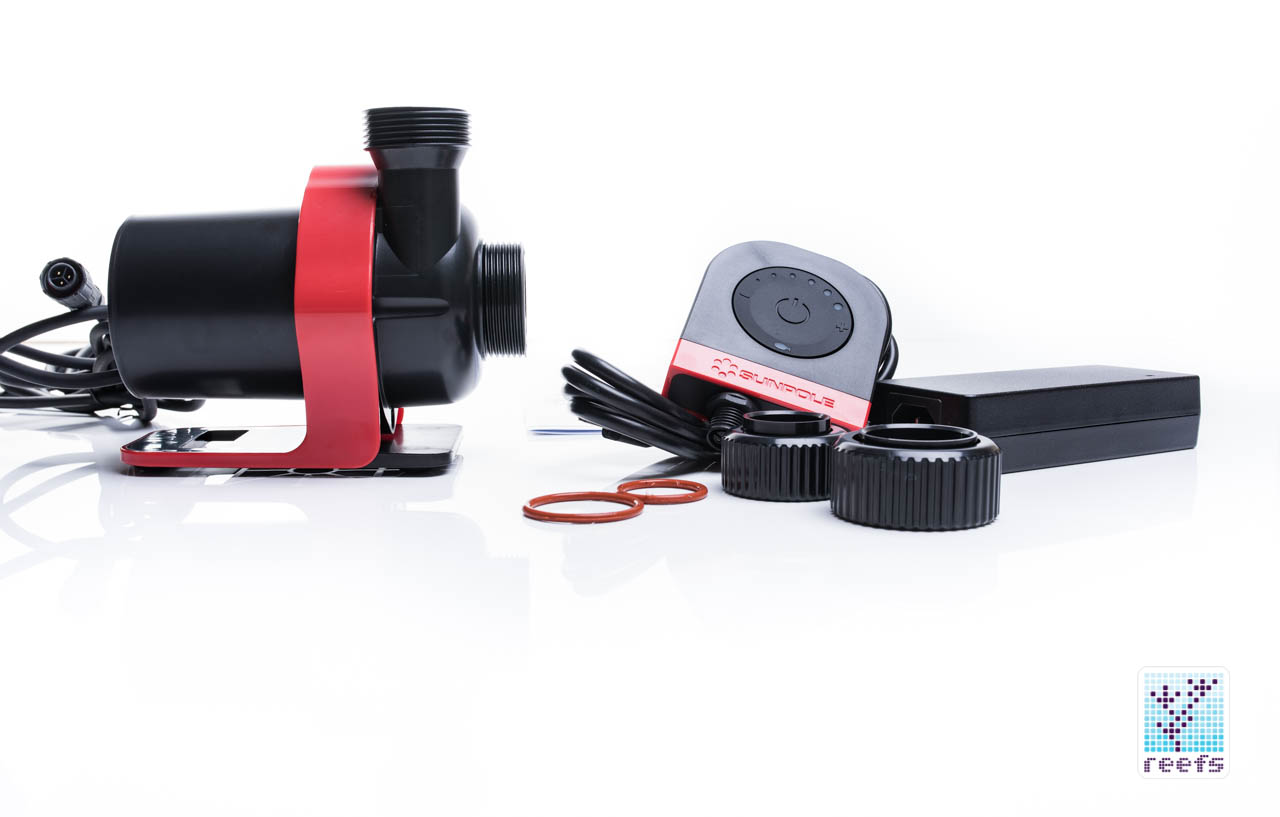

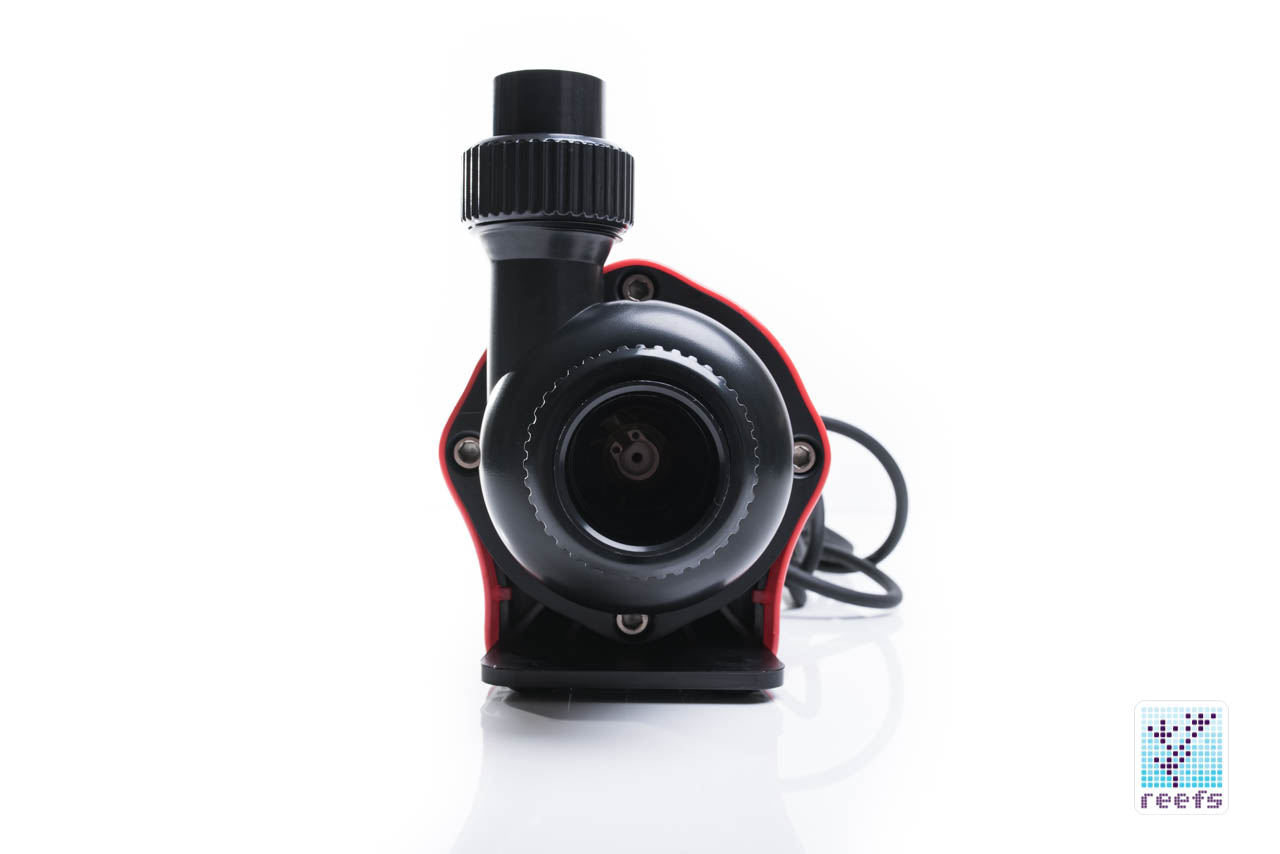




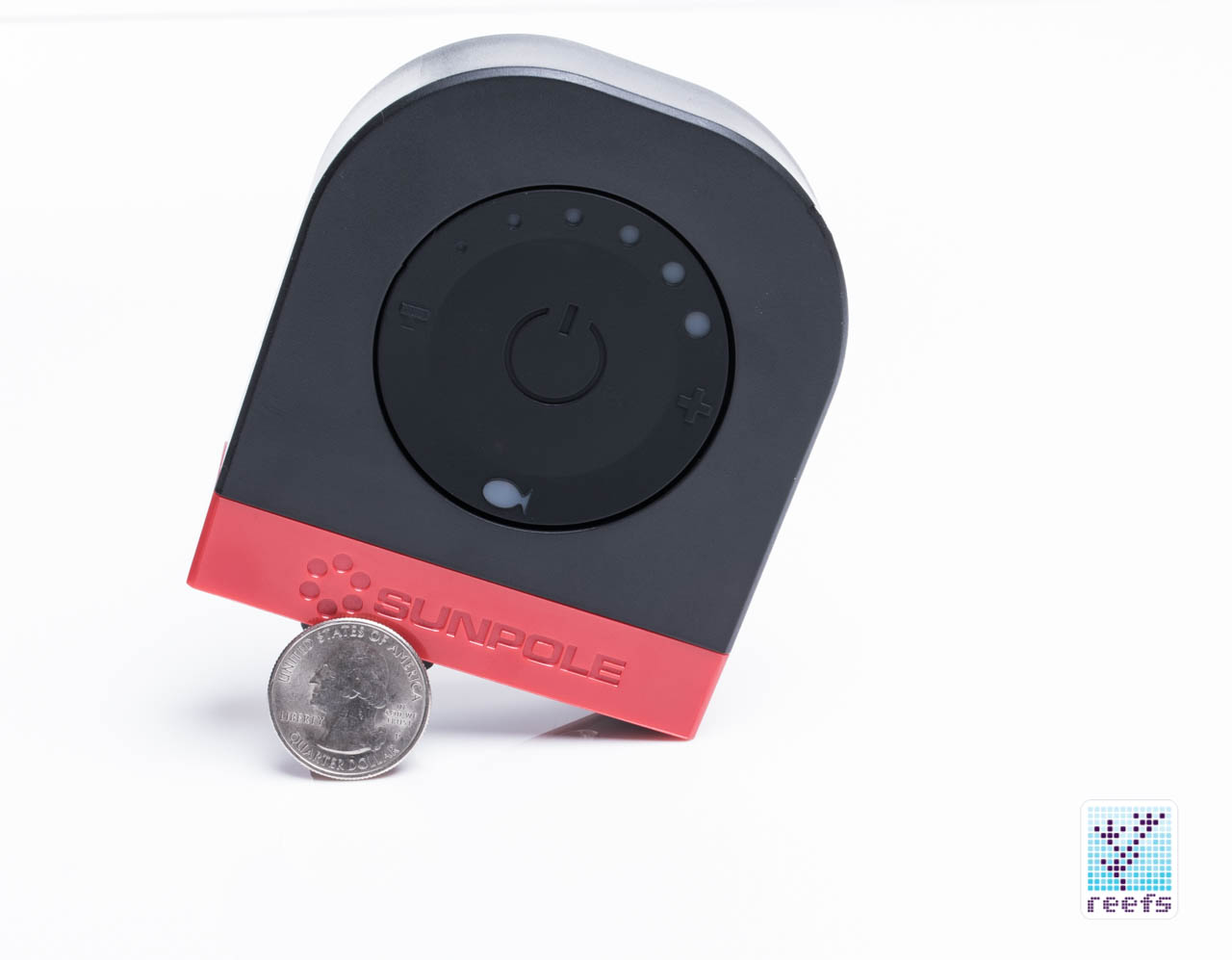
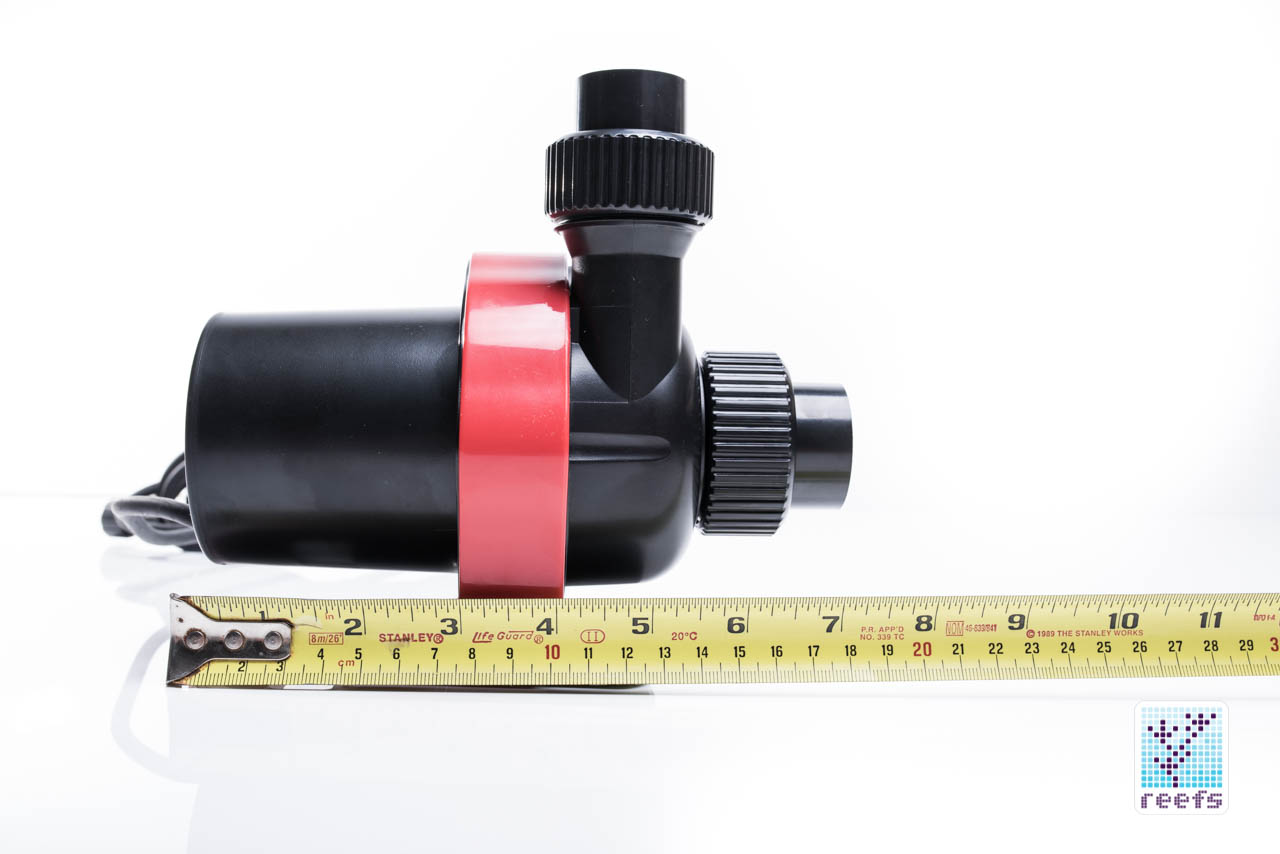









Very detailed with great pictures. You guys set the bar with these “definitive” style reviews; thank you for going the extra mile for your readers!
Please send me a quote and lead time for this pump to be delivered to JHB in South Africa.
I am looking for the Sunpole Magnus Variable Speed DC Pump VSR-900V